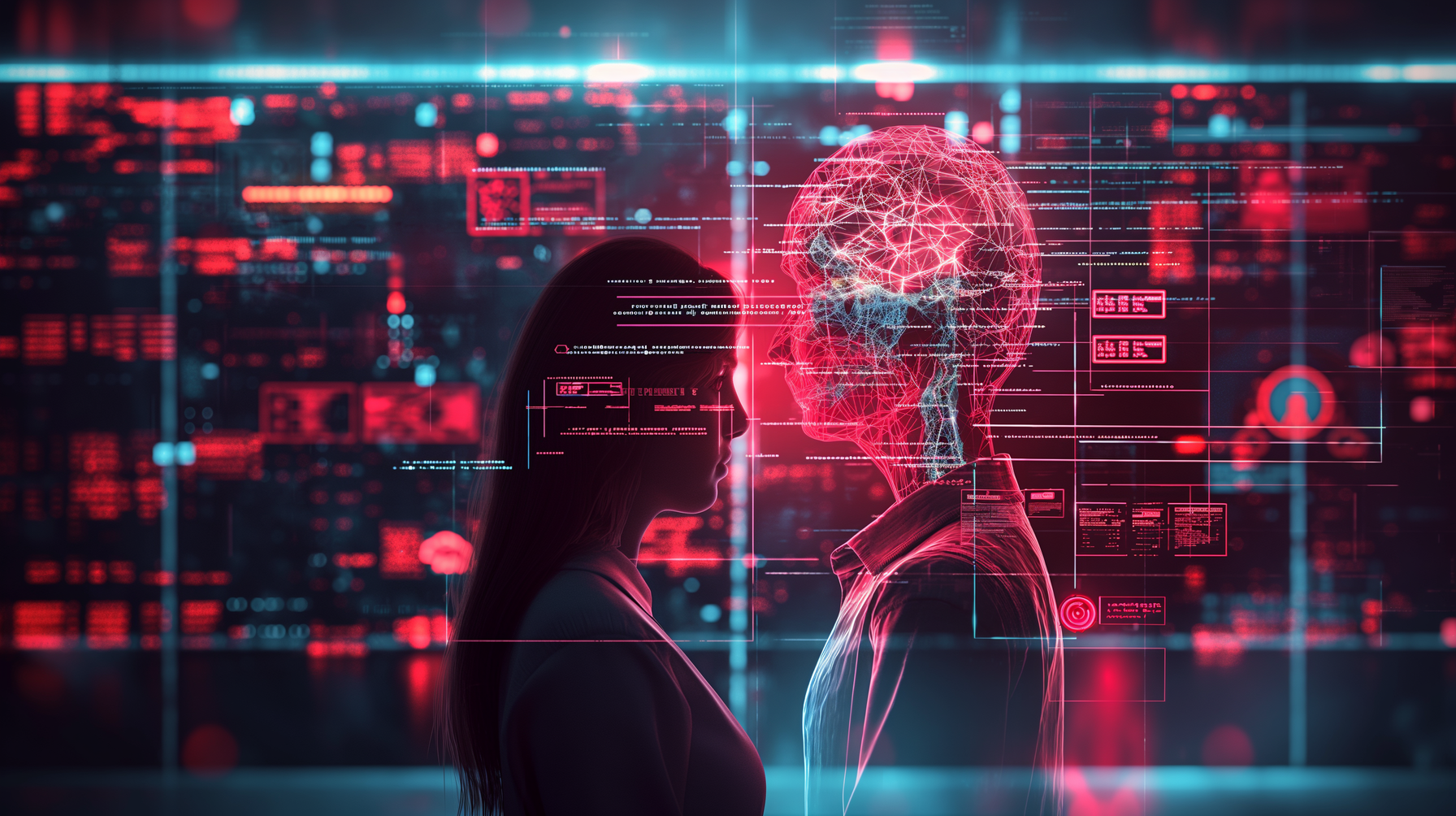ChatGPT and the Detection of Mental Distress
Overview
ChatGPT, a language model developed by OpenAI, has shown potential in various applications, including mental health support. The ability of AI to detect mental distress through text-based interactions is an emerging area of research. This involves analyzing user inputs for signs of emotional distress, anxiety, depression, and other mental health issues.
Key Findings
Natural Language Processing (NLP) Capabilities
ChatGPT utilizes advanced NLP techniques to understand and generate human-like text. This capability allows it to analyze user conversations for linguistic cues that may indicate mental distress. Studies have shown that specific language patterns, such as the use of negative sentiment words or expressions of hopelessness, can be indicative of mental health issues (Source).
Machine Learning Models
Researchers have developed machine learning models that can classify text inputs based on emotional content. These models can be trained on datasets containing labeled examples of mental distress, enabling them to recognize similar patterns in new user inputs (Source). ChatGPT can be fine-tuned with specific datasets to improve its accuracy in detecting mental health issues, making it a valuable tool for preliminary assessments.
User Interaction and Feedback
The effectiveness of ChatGPT in detecting mental distress also depends on user interaction. Engaging users in a conversational manner can help elicit more information about their emotional state. Feedback mechanisms can be implemented where users can indicate their feelings about the conversation, allowing the model to adjust its responses and improve its detection capabilities over time (Source).
Ethical Considerations
While the potential for AI in mental health is promising, ethical considerations must be addressed. Issues such as privacy, data security, and the potential for misdiagnosis are critical when deploying AI tools in sensitive areas like mental health (Source). It is essential to ensure that AI tools complement, rather than replace, human professionals in mental health care.
Future Directions
Ongoing research is focused on improving the accuracy and reliability of AI models in detecting mental distress. This includes exploring multimodal approaches that combine text analysis with other data types, such as voice tone and facial expressions. Collaboration between AI developers and mental health professionals is crucial to create effective and safe tools for mental health support.
Conclusion
ChatGPT has the potential to play a significant role in detecting mental distress through its advanced language processing capabilities. However, further research and ethical considerations are necessary to ensure its effective and responsible use in mental health contexts.
